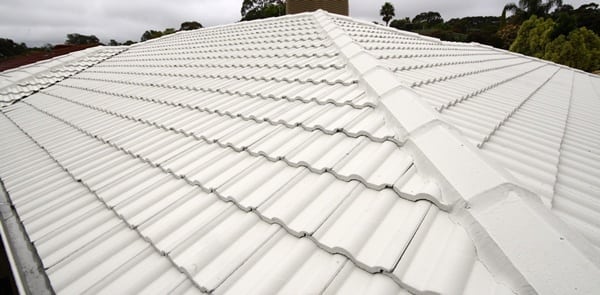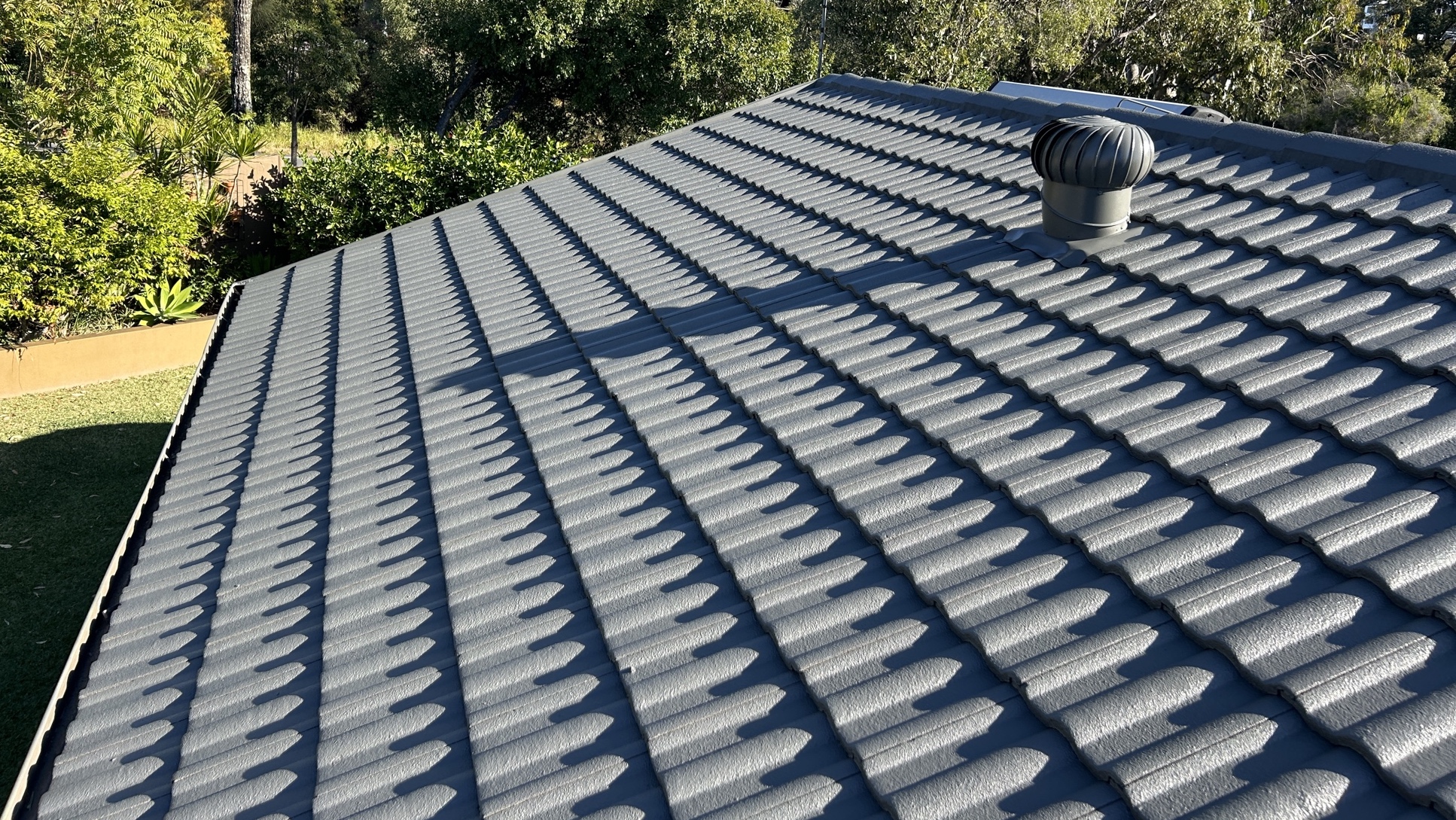How to Get Silverline Roofing Roof Restorations for a Durable and Stylish Roof
How to Get Silverline Roofing Roof Restorations for a Durable and Stylish Roof
Blog Article
Learn About the Secret Tips Included in Reliable Roof Restorations
Efficient roofing system remediations are important for ensuring the longevity and reliability of a structure's structure. The procedure includes several important steps, beginning with an extensive evaluation of the roof's current problem to determine any kind of underlying issues. Following this evaluation, careful preparation and choice of products customized to specific ecological problems become paramount. The execution phase needs adherence to finest methods to attain ideal outcomes. The journey does not finish there; continuous upkeep plays a crucial role in guarding the roof's stability. Comprehending these steps can significantly affect the success of any reconstruction endeavor.
Assessing Roofing Problem
When it comes to roof repairs, evaluating the roofing system's condition is a vital first action. This evaluation involves a complete assessment to determine any damages or degeneration that may influence the remediation process. Trick indicators to take a look at include the stability of roofing materials, the visibility of leaks, and indications of wear such as curling, splitting, or missing out on tiles.

In addition to visual evaluations, it may be essential to carry out even more thorough analyses, such as moisture testing or infrared scanning, to reveal surprise problems. Recording findings throughout the evaluation is crucial for developing an efficient restoration strategy. By comprehending the current problem of the roofing, residential property owners can make enlightened choices pertaining to required repair services, budgeting, and timelines for restoration, eventually ensuring the long life and performance of their roof system.
Preparing for Reconstruction

Following, clear the workplace of any type of particles or barriers. This not only improves security yet likewise helps with easier access to the roofing during repair. In addition, think about the climate condition; setting up the project throughout light and completely dry weather can stop hold-ups and issues.
Develop a timeline for the reconstruction procedure. By meticulously preparing for reconstruction, you lay the groundwork for a successful end result, protecting both the roof covering and the building beneath it.
Selecting Materials
After guaranteeing the work location is all set and the project timeline is established, the following important step includes selecting the ideal materials for the roof restoration. The choice of products considerably affects the toughness, visual appeals, and overall performance of the restored roof.
Begin by evaluating the existing roofing structure and identifying any type of specific demands determined by the regional environment and environmental conditions. Areas with high rain or snowfall might demand materials with exceptional waterproofing and insulation homes. Common options include asphalt tiles, steel roofing, and floor tile, each offering distinct advantages.
Next, think about the compatibility of the products with the existing roof. This ensures seamless integration, lessening potential concerns important site during installation and boosting the roofing system's longevity. It's also essential to assess the producer's certifications and warranties to guarantee top quality and reliability.
Executing the Restoration
Executing the restoration of a roof needs thorough planning and skilled workmanship to guarantee efficient results. This procedure begins with a complete analysis of the existing roof covering's condition, determining locations of damage and use that necessitate repair service or replacement. Mindful interest needs to be paid to the roof covering's architectural integrity, as well as any underlying issues such as leaks or poor insulation.
Once the assessment is total, the next action entails preparing the worksite. This includes securing the location to make sure security for both employees and property, as well as eliminating any kind of particles or harmed products. Adhering to prep work, the reconstruction process itself can begin, which might include cleaning, repairing, or replacing shingles, flashing, and underlayment, depending on the intensity of the damage.
Throughout the remediation, it is important to follow supplier requirements and industry best practices to ensure the durability of the roof. Quality control ought to be applied at each stage, guaranteeing that every aspect of the remediation fulfills well-known criteria. Correct sealing and finishing methods are vital to make sure water resistance and boost the roof's visual allure, ultimately finishing in a resilient and useful roof covering system.
Post-Restoration Upkeep
Once the repair procedure is complete, maintaining the roofing system's integrity ends up being extremely important to guarantee its long-term efficiency. Post-restoration upkeep involves a methodical method to guard the financial investment made in the roof covering system. Routine inspections are essential, ideally carried out biannually, to recognize any type of early signs of damages, wear, or debris buildup.
Cleaning the roofing system is likewise critical; removing fallen leaves, moss, and various other materials protects against water pooling and lowers the threat of leaks. Additionally, property owners must inspect and clear gutters and downspouts to help with appropriate drain.

Additionally, punctual repair work of any kind of damaged roof shingles or flashing should be prioritized to protect against further issues. It is suggested to engage an expert roofer for significant maintenance jobs, as their competence can make sure that the work follows safety standards and ideal practices.
Last but not least, take into consideration applying protective coverings as needed, which can improve the roof covering's durability versus UV rays, wetness, and various other environmental factors. Complying with these post-restoration maintenance techniques will certainly not only expand the life-span of the roofing but also preserve its aesthetic allure and structural honesty.
Verdict
In conclusion, efficient roofing system remediations require a systematic approach including comprehensive analysis, precise prep work, cautious product option, specific execution, and diligent post-restoration maintenance. Each step plays a critical duty in making sure the roofing's longevity and longevity.
Effective roofing system repairs are important for guaranteeing the longevity and dependability of a building's structure.When it comes to roof covering remediations, assessing the roofing's problem is an essential initial action. By understanding the present condition of the roofing, residential or commercial property owners can make informed choices relating to necessary repair services, budgeting, and timelines for restoration, inevitably making sure the longevity and functionality of their roof covering system.
Executing the informative post restoration of a roof needs meticulous planning and skilled craftsmanship to ensure effective outcomes.Once the reconstruction process is look at this now total, maintaining the roof covering's stability becomes critical to guarantee its lasting performance.
Report this page